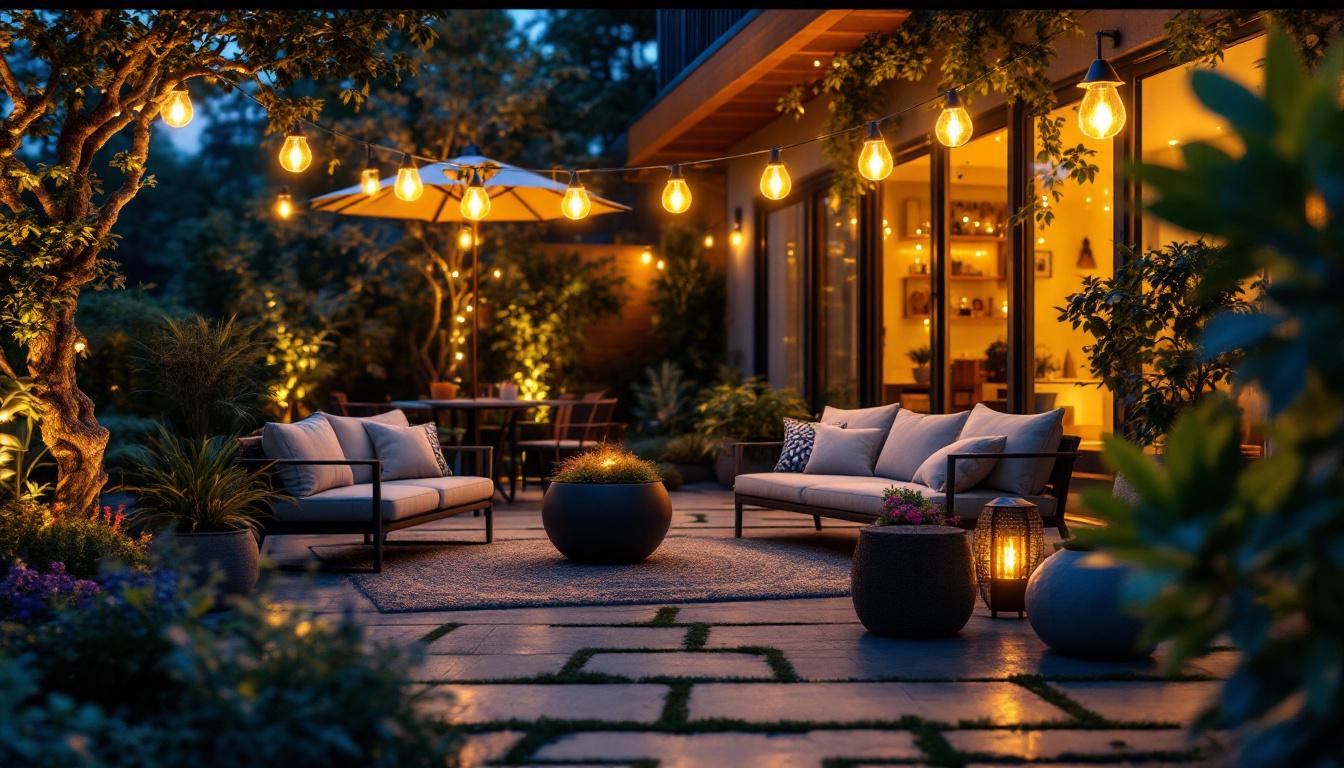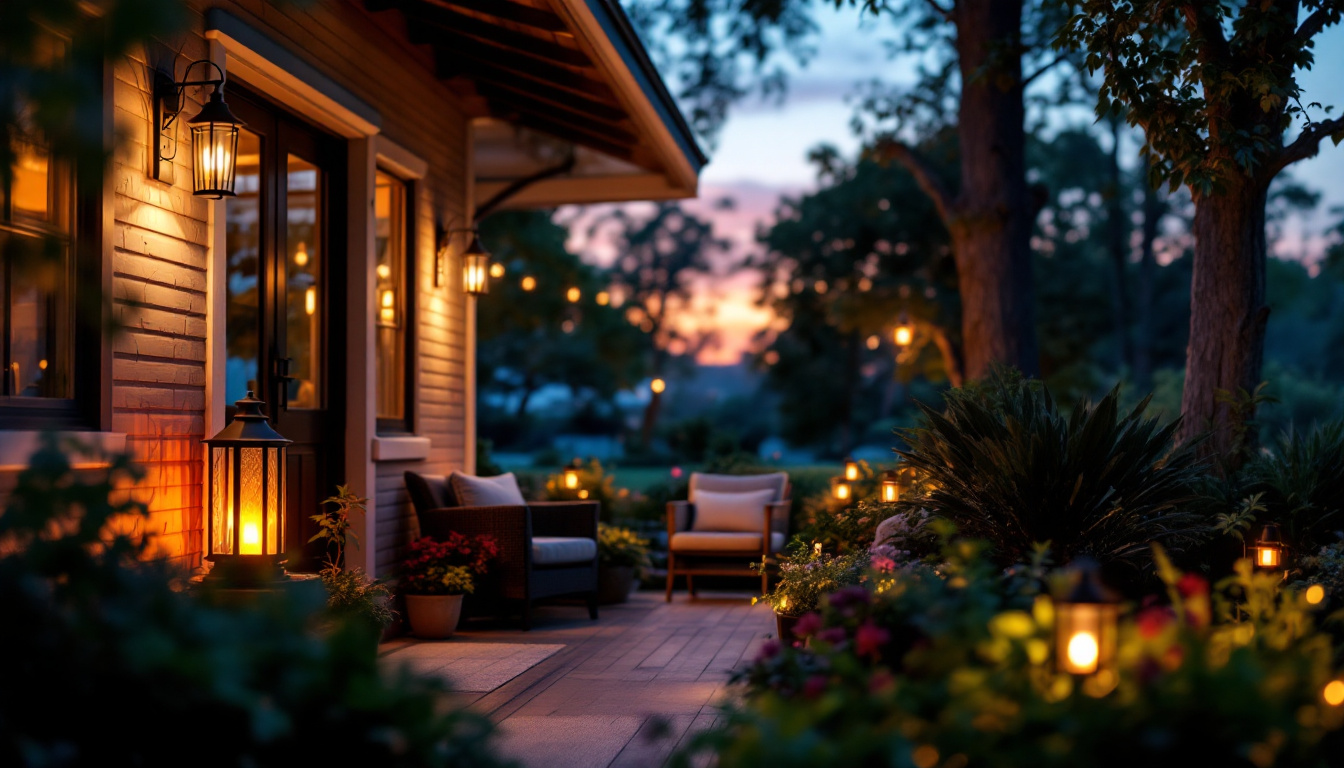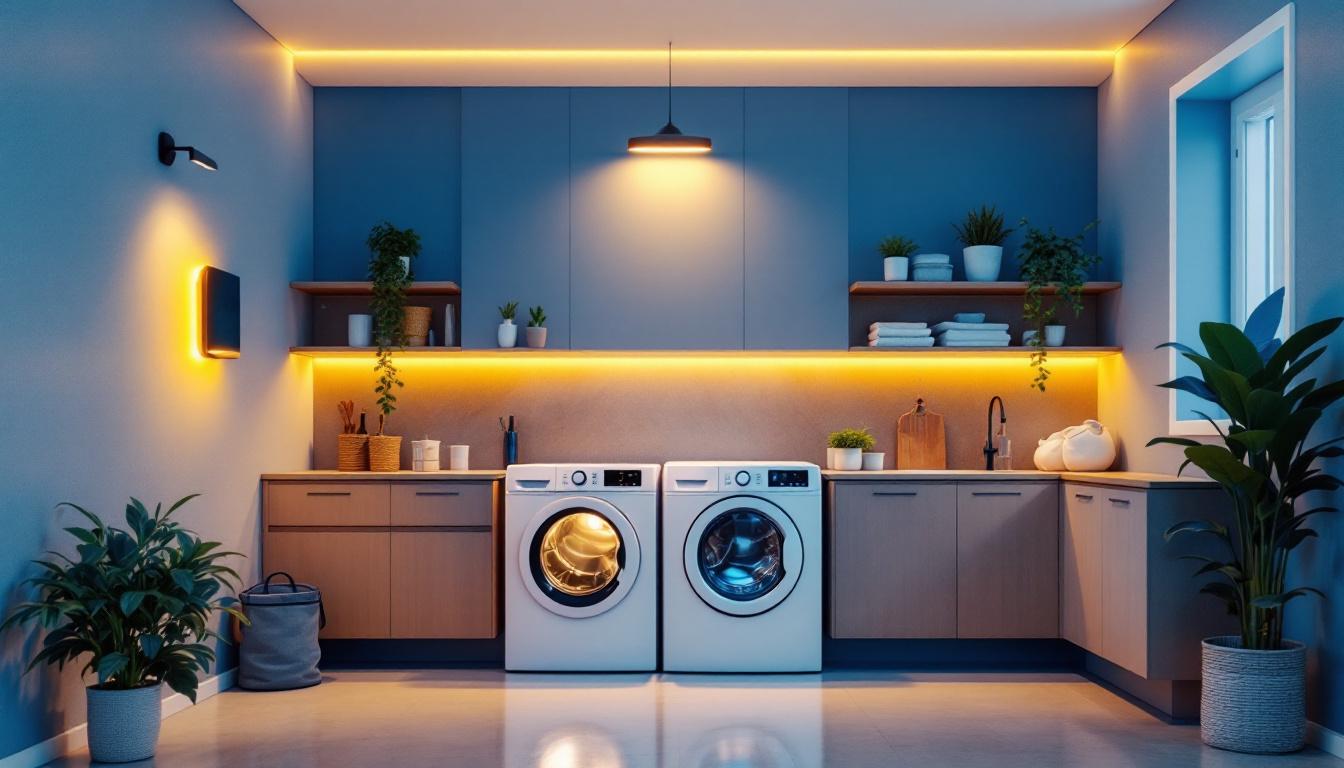
In the world of interior design, lighting plays a pivotal role, especially in the realm of bedding and bedroom aesthetics. For lighting contractors, understanding the nuances of bedding lighting can significantly influence the overall ambiance of a space. However, there are common pitfalls that many contractors encounter, which can lead to subpar results. This article explores these mistakes and offers insights on how to avoid them, ensuring that each project shines brightly.
Before diving into the common mistakes, it’s essential to grasp why bedding lighting is crucial. The right lighting can enhance the comfort and functionality of a bedroom, creating a serene environment conducive to relaxation and sleep.
The ambiance of a bedroom is heavily influenced by its lighting. Soft, warm lights can create a cozy atmosphere, while harsh, bright lights can disrupt the tranquility of the space. Contractors must consider the mood they wish to evoke when selecting and positioning lighting fixtures. For instance, dimmable lights can provide versatility, allowing homeowners to adjust the brightness according to the time of day or activity. Additionally, incorporating layered lighting—such as a combination of ambient, task, and accent lights—can further enhance the overall feel of the room, making it a sanctuary for rest and rejuvenation.
Beyond aesthetics, bedding lighting should also serve practical functions. Task lighting for reading or working in bed, for instance, is essential. Contractors need to ensure that the lighting solutions they provide meet the functional needs of the space without compromising on style. Moreover, the placement of lighting fixtures plays a pivotal role in their effectiveness. Wall sconces or bedside lamps positioned at the right height can minimize glare and provide focused illumination, making nighttime activities more enjoyable. Furthermore, incorporating smart lighting technology can add convenience, allowing users to control their lighting through apps or voice commands, thus enhancing the overall user experience.
Even experienced lighting contractors can fall into traps that lead to ineffective or unattractive lighting solutions. Below are some of the most prevalent mistakes to watch out for when designing bedding lighting.
One of the most significant mistakes is neglecting to implement a layered lighting approach. A well-lit bedroom typically combines ambient, task, and accent lighting. Relying solely on one type can result in a flat, uninspiring space.
Ambient lighting provides overall illumination, while task lighting focuses on specific activities, and accent lighting highlights design features. Failing to incorporate all three can lead to areas that are either too dim or overly bright, detracting from the room’s overall appeal. For instance, using a combination of recessed ceiling lights for ambient light, bedside lamps for task lighting, and wall sconces to accentuate artwork or architectural details can create a harmonious and inviting atmosphere. This thoughtful layering not only enhances functionality but also contributes to the aesthetic value of the bedroom.
Another common oversight is the scale of lighting fixtures in relation to the room size and furniture. A large chandelier in a small bedroom can overwhelm the space, while tiny bedside lamps in a spacious room may get lost. It’s crucial to choose fixtures that are proportionate to the room’s dimensions and the furnishings within.
Additionally, considering the height at which fixtures are hung can also impact the overall feel of the room. For example, hanging pendant lights too low can obstruct sight lines and create a cramped feeling, while fixtures placed too high may fail to provide adequate illumination. Striking the right balance ensures that the lighting complements the room’s design and enhances the functionality of the space.
Many contractors overlook the importance of dimmable lighting. The ability to adjust light levels can dramatically change the mood of a bedroom. Dimming options allow for flexibility, enabling homeowners to create a serene environment for relaxation or a brighter setting for reading or working.
Moreover, integrating smart lighting systems can elevate this concept even further. With the use of smart bulbs or dimmer switches, homeowners can control their lighting through mobile apps or voice commands, allowing for a personalized experience that adapts to their needs throughout the day. This level of control not only enhances convenience but also promotes energy efficiency, as users can easily adjust lighting to suit their activities without wasting electricity on unnecessary illumination.
The color temperature of lighting plays a crucial role in setting the mood of a bedroom. Lighting contractors often make the mistake of not considering how different temperatures can affect the overall feel of the space.
Color temperature is measured in Kelvins (K) and ranges from warm (2700K) to cool (6500K). Warm light creates a cozy atmosphere, ideal for bedrooms, while cooler light can be more energizing. Selecting the wrong temperature can lead to a space that feels uncomfortable or uninviting.
Incorporating natural light into the design is equally important. Contractors should assess how the room interacts with daylight and position artificial lighting to complement it. This balance can enhance the room’s overall aesthetic and functionality.
The placement of lighting fixtures can make or break a bedding lighting design. Poorly positioned lights can create shadows, glare, or uneven illumination, which detracts from the room’s comfort and usability.
Contractors must consider the height at which fixtures are installed. For instance, bedside lamps should be positioned at a height that allows for easy access while in bed. Similarly, overhead fixtures should be placed to provide even lighting without casting shadows on the bed or other key areas.
Accent lighting is often used to highlight artwork or architectural features. However, it’s essential to ensure that these fixtures are strategically placed to draw attention without overwhelming the space. A well-placed spotlight can enhance the room’s design, while a poorly positioned one can create distractions.
The materials and finishes of lighting fixtures can significantly impact the overall design of a bedroom. Contractors sometimes make the mistake of selecting fixtures that clash with the room’s decor.
When choosing lighting fixtures, it’s vital to consider the existing color palette and style of the bedroom. A modern fixture in a traditional room can feel out of place, while a classic design might not suit a contemporary space. Coordination ensures a cohesive and harmonious look.
In addition to aesthetics, the durability of materials should also be considered. Lighting fixtures in bedrooms should be easy to clean and maintain, especially if they are positioned in areas prone to dust or moisture. Selecting the right materials can enhance longevity and reduce maintenance efforts.
In today’s environmentally conscious world, energy efficiency is more important than ever. Contractors often overlook this aspect, which can lead to higher energy bills and a negative environmental impact.
Using LED or CFL bulbs instead of traditional incandescent ones can significantly reduce energy consumption. These options not only save money in the long run but also have a longer lifespan, making them a more sustainable choice.
Integrating smart lighting systems can enhance energy efficiency further. These systems allow homeowners to control their lighting remotely, set schedules, and even adjust brightness levels based on the time of day. Contractors should consider recommending these solutions to clients looking for modern, efficient options.
Effective communication is key in any contractor-client relationship. Many mistakes stem from a lack of clear dialogue about expectations and preferences.
Contractors should take the time to understand their clients’ needs and preferences. This includes discussing lifestyle habits, preferred lighting styles, and any specific requirements they may have. A thorough understanding can lead to more tailored and satisfactory results.
Clients may not always be aware of the various lighting options available. It’s the contractor’s responsibility to provide a range of choices, along with their benefits and drawbacks. This empowers clients to make informed decisions that align with their vision for the space.
The world of lighting is constantly evolving, with new trends and technologies emerging regularly. Contractors who fail to stay updated may miss out on innovative solutions that could enhance their projects.
Keeping abreast of current design trends can help contractors provide clients with modern and appealing lighting solutions. Whether it’s the latest in fixture design or emerging color trends, being informed can set a contractor apart from the competition.
Advancements in lighting technology, such as smart home integrations and energy-efficient options, are becoming increasingly popular. Contractors should embrace these innovations to offer clients the best possible solutions.
Lighting contractors play a vital role in shaping the ambiance and functionality of bedding lighting in bedrooms. By avoiding common mistakes such as neglecting layered lighting, overlooking fixture scale, and failing to communicate effectively with clients, contractors can enhance their designs and ensure client satisfaction.
Ultimately, understanding the importance of color temperature, fixture placement, and energy efficiency can lead to successful lighting projects that not only meet but exceed client expectations. Staying informed about trends and technologies will further empower contractors to create beautiful, functional, and sustainable lighting solutions for every bedroom.
Don’t let common lighting mistakes dim the potential of your bedroom projects. At LumenWholesale, we provide lighting contractors with the tools to succeed, offering an extensive range of spec-grade lighting products at unbeatable wholesale prices. Our commitment to quality, affordability, and convenience ensures that you can light up any space without the worry of inflated costs or hidden fees. Elevate your lighting game and give your clients the comfort and ambiance they deserve. Discover the value of hassle-free bulk buying and free shipping by choosing Wholesale Lighting at the Best Value with LumenWholesale today.

Illuminate your projects with expert tips on solar patio lights.

Discover how outdoor lamps for porches can enhance both aesthetics and profitability in lighting installations.

Discover the essentials of LED laundry room lighting with our comprehensive guide tailored for lighting contractors.

Explore the impact of choosing between BR20 and BR30 bulbs on lighting contractors’ profitability.